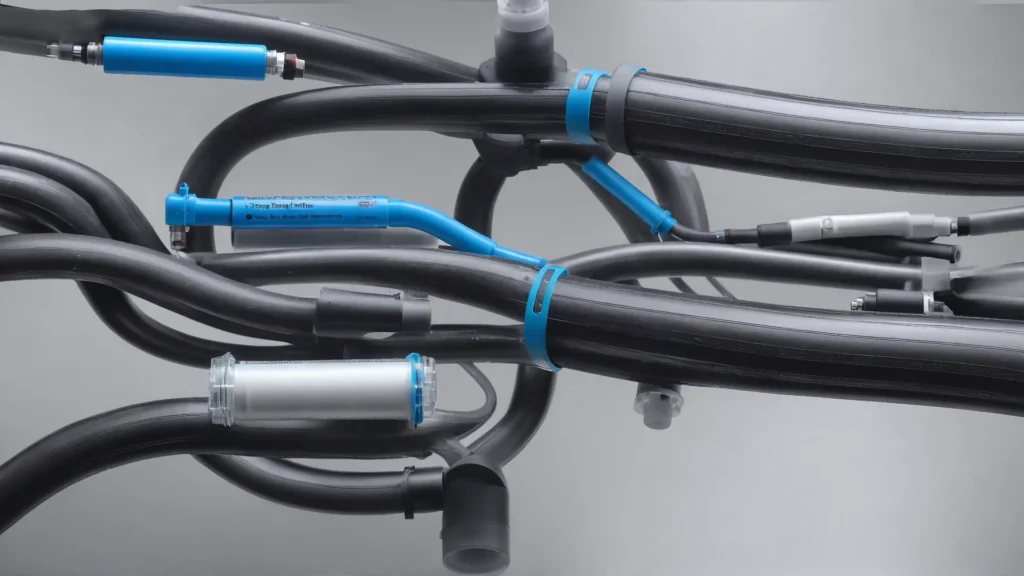How to Choose a Pneumatic Tube
Are you looking for an efficient way to transport small items within your facility? Pneumatic tubes might be the perfect solution for you.
Choosing the right pneumatic tube can be a daunting task, but with a few key considerations, you can make an informed decision.
In this blog post, we’ll guide you through the process of selecting the ideal pneumatic tube for your needs.
Pneumatic Tubing Materials
Polyurethane
Polyurethane is a popular choice for pneumatic tubing due to its excellent abrasion resistance and flexibility. It offers a wide operating temperature range and is suitable for most pneumatic applications.
Nylon
Nylon tubing provides high strength and durability, making it ideal for high-pressure pneumatic systems. It also has good chemical resistance and can withstand exposure to various oils and solvents.
Polyethylene
Polyethylene tubing is known for its lightweight and flexible properties. It is resistant to moisture and chemicals, making it suitable for use in corrosive environments.
PVC
PVC (polyvinyl chloride) tubing is a cost-effective option for pneumatic systems. It offers good chemical resistance and is available in a range of sizes and colors.
PTFE
PTFE (polytetrafluoroethylene) tubing, also known as Teflon tubing, is an excellent choice for high-temperature applications. It provides exceptional chemical resistance and has a low coefficient of friction, ensuring smooth airflow.
Determining Tubing Size
The diameter of the tubing directly impacts the flow rate and pressure drop throughout the system. Larger diameter tubing allows for higher flow rates and minimizes pressure losses, making it suitable for applications requiring high airflow.

Pressure, Temperature and Environment Considerations
When selecting pneumatic tubing, it’s crucial to consider the maximum working pressure, burst pressure, and pressure rating to ensure the tubing can handle the air pressures in your pneumatic system.
Temperature is another key factor, as pneumatic tubes must function within a specific temperature range to maintain their integrity and performance.
Environmental factors, including exposure to chemicals, UV radiation, and abrasion, can significantly impact the tubing’s service life. Select a tubing material with excellent chemical resistance, UV stabilization, and abrasion resistance properties suitable for your specific application, whether it’s in the automotive, aerospace, pharmaceutical, or food-grade industries.
Fittings and Connections
Pneumatic Fittings come in a variety of styles, such as push-to-connect fittings, compression fittings, and threaded fittings, each designed for specific applications and pressure ratings.
The choice of fitting depends on factors like the tubing material, Outer Diameter, and the required flow rate. It’s essential to ensure that the fittings are compatible with the tubing and can handle the maximum working pressure of the Pneumatic systems.
Cost Considerations
The price of pneumatic tubing can vary depending on factors such as the material, diameter, and length of the tubing.
Opting for a higher-quality tubing material like polyurethane or nylon may come with a higher upfront cost but can offer better durability and longer service life in industrial applications. On the other hand, choosing a more affordable option like polyethylene tubing may be suitable for less demanding applications.
In Conclusion
Choosing the right pneumatic tube is crucial for optimal performance and longevity. Consider factors such as material, size, wall thickness, and pressure rating when making your selection.
Consult with a professional or refer to the manufacturer’s guidelines to ensure the tube meets your specific application requirements.

